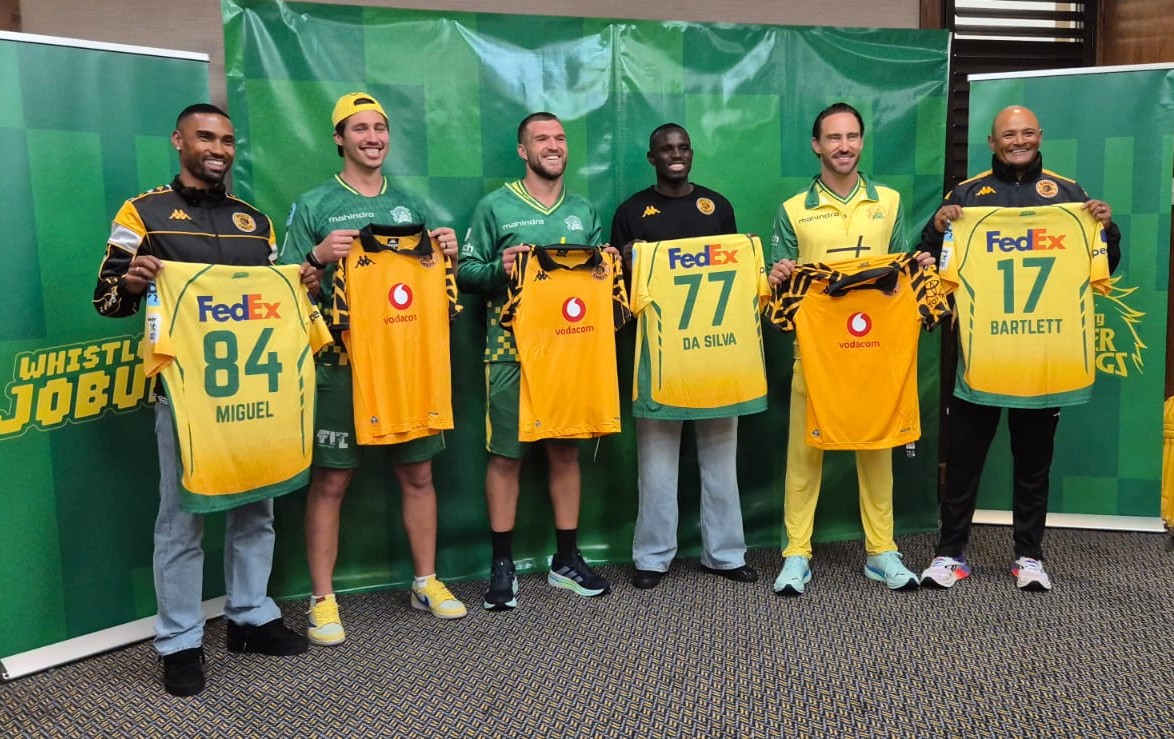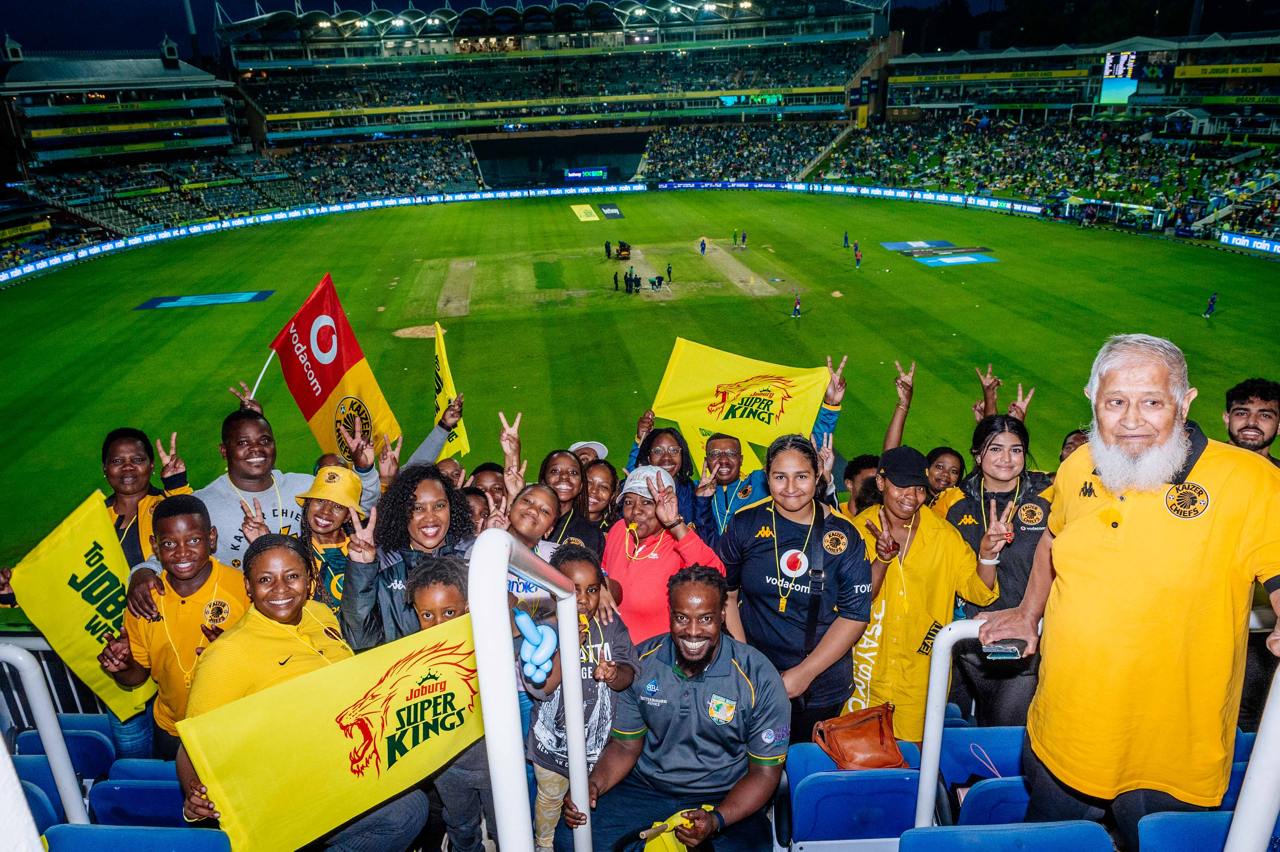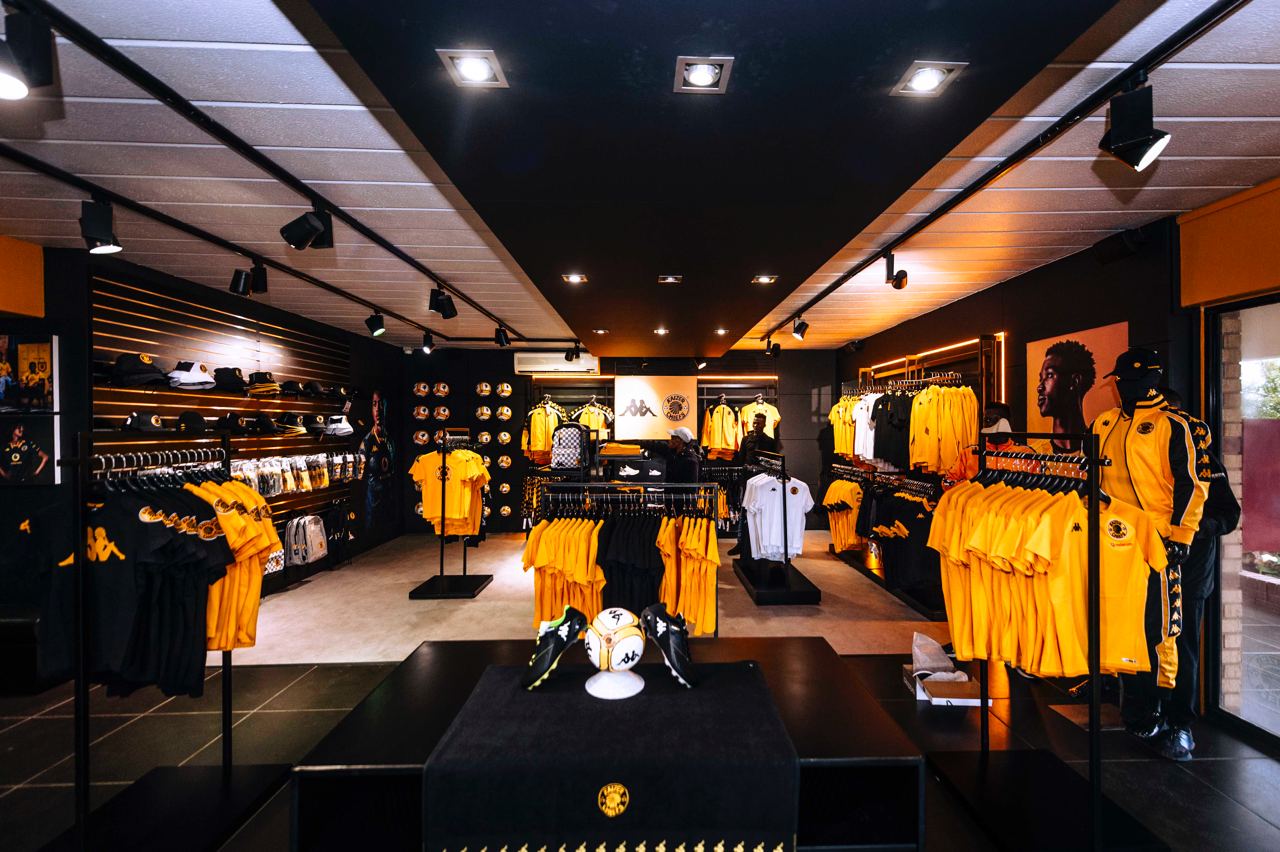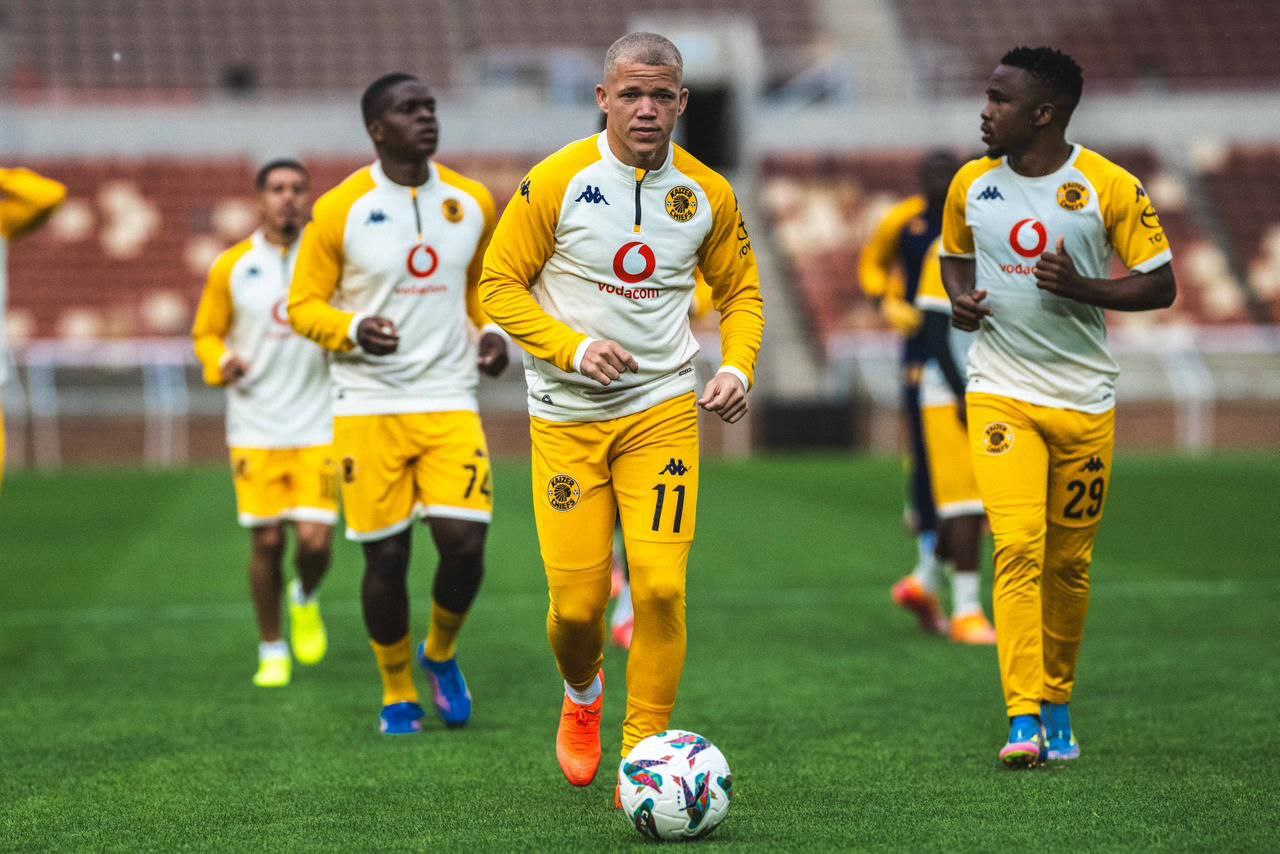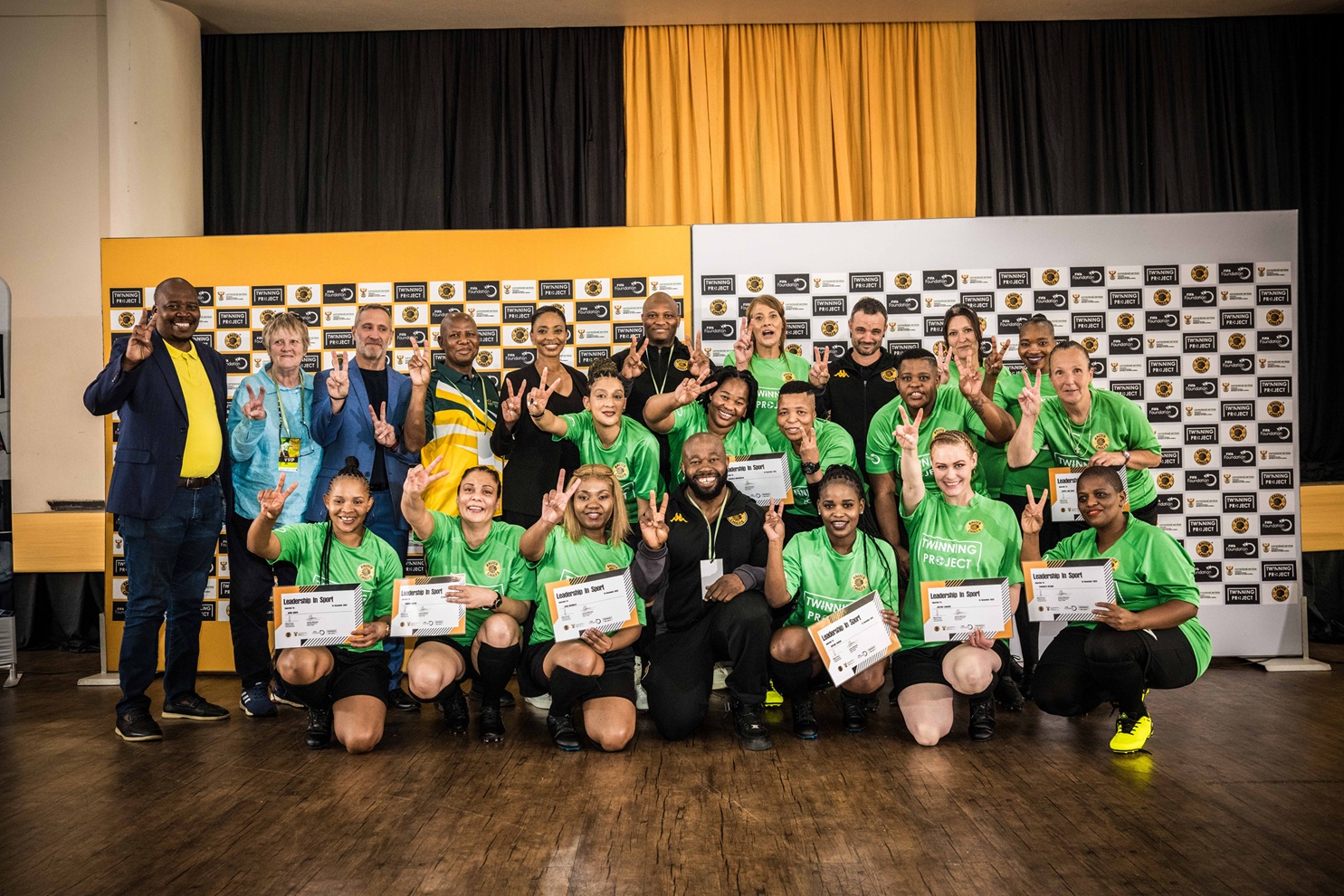Posted in Features, News on Jun 22, 2020.

Du Plessis joined Chiefs in 1990, after then star player, defender Mark Tovey, tipped Chairman Kaizer Motaung about a talented goalkeeper in KwaZulu-Natal.
He learnt the trade from his father Arthur, who had been a pretty good goalkeeper himself in his days, albeit at amateur level.
Du Plessis joined Durban City’s first team in 1986 at the age of 18. That same year the youngster went for trials at England’s soccer giants, Chelsea, training with its youth side and (for good measure) broke his nose during a session when a defender accidently thrust his knee into the South African goalie’s face.
Du Plessis was drafted for the compulsory two-year South African national service in 1989. Luckily, he was able to play soccer again during his second year in the army, when he was roped in by Kaizer Chiefs in early 1990. They flew him up to Johannesburg for training every Wednesday. He was back at the army barracks the following day and would then join his teammates again for the coming weekend’s match.
He was obviously very happy to say goodbye to the army days in mid-1990. Du Plessis could now fully concentrate on fighting for a place in Chiefs’ starting line-up.
He had established himself as Amakhosi’s number one goalkeeper during the club’s success years in 1991 and 1992. During these high days, two league titles and several cup trophies were won.
Du Plessis’ calm and steady presence between the posts helped Chiefs to concede only 20 goals in 34 games in 1991. No surprise therefore that the Durban-born star won the Goalkeeper of the Year and Save of the Year awards that season.
“The 1991 and 1992 side was phenomenal,” Du Plessis recalls. It was a magnificent team with players of the calibre of Doctor Khumalo, Neil Tovey, Lucas Radebe, Gardner Seale, Ace Khuse, Shane MacGregor and Fani Madida.
He proudly memorises the amazing Amakhosi supporters: “The Chiefs supporters are the soul of the game, and as with the biggest clubs in Africa, come with a massive following.”
Du Plessis left Amakhosi early 1993 after having received a financially lucrative offer from D’Alberton Callies, which was based in KwaZulu-Natal.
“I should never have left Kaizer Chiefs despite the increased financials benefit I would receive from my new club,” he reflects, “Playing for Amakhosi is just so exceptional. One only realises how special it is after you have left the club.”
The goalkeeper also had stints at Orlando Pirates, Michau Warriors and AmaZulu, before retiring from professional soccer in 1999 due to a serious back injury.
He also gained two caps keeping goal for the South African national team.
These days, Du Plessis runs the Sharks Soccer Academy based in Durban.
Talking about the Glamour Boys at 50, the former goalkeeper says: “This moment is still history in the making. But, when I kept goal for the club in the early nineties, it represented Golden Years.”

